The Rarest Plants On Earth
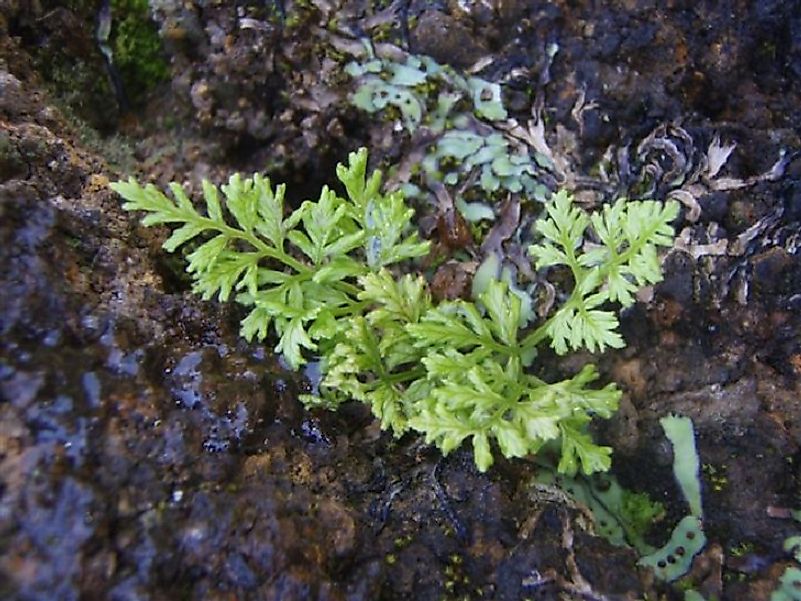
10. More Precious Than The Finest Jewels
Anthropogenic activity has not only decimated the population of a large number of species of the Animal Kingdom but heavily impacted members of the Plant Kingdom as well. Though we rarely speak of them, there are several species of plants, with their own unique characteristics, that are found in such low numbers in limited locations in the world, that like in the case of the animals, the International Union for the Conservation of Nature (IUCN) has classified each of these species as "critically endangered". Facing extinction, these plant species are currently more precious that jewels for us and conservation efforts to save them is as urgently needed as it is to save the Bengal tiger or the African rhino.
9. Attenborough's Pitcher Plant
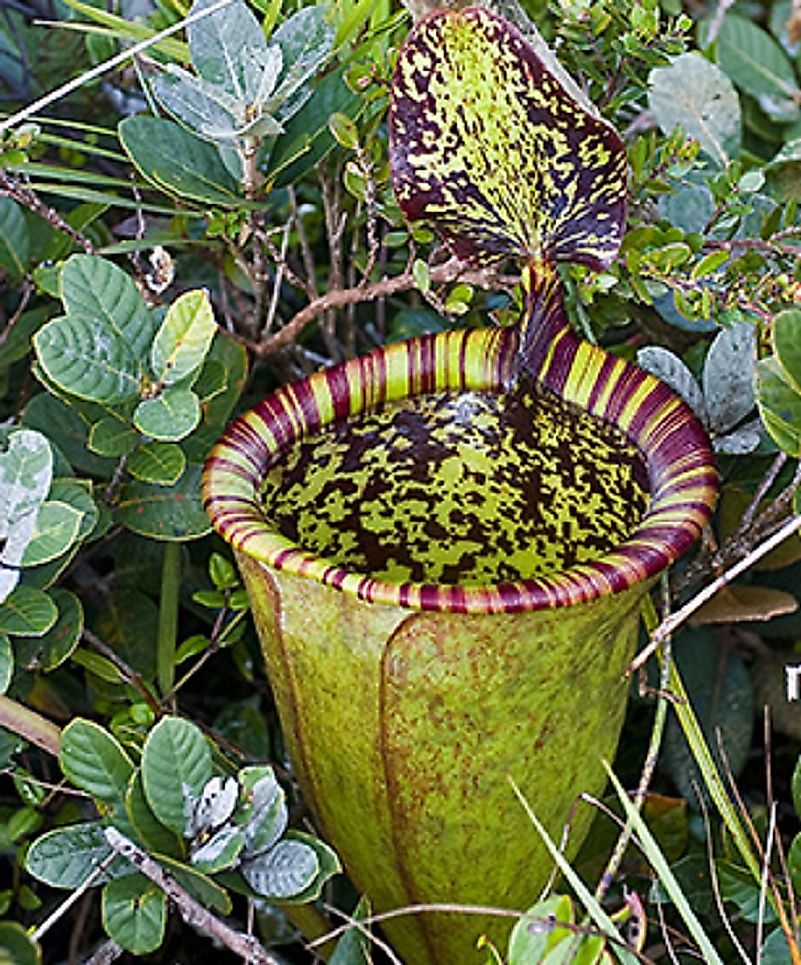
A unique species of plant, the Nepenthes attenboroughii or the Attenborough's Pitcher Plant, named after the famed naturalist Sir David Attenborough, was discovered as recently as 2007 in Philippines. Endemic to the Victoria Massif in the Palawan Province of the Philippines, the restricted distribution of this plant has triggered IUCN to classify this species as critically endangered. The plant is characterized by bell shaped pitchers which, some experts claim, are large enough to trap rats in them.
8. Suicide Palm
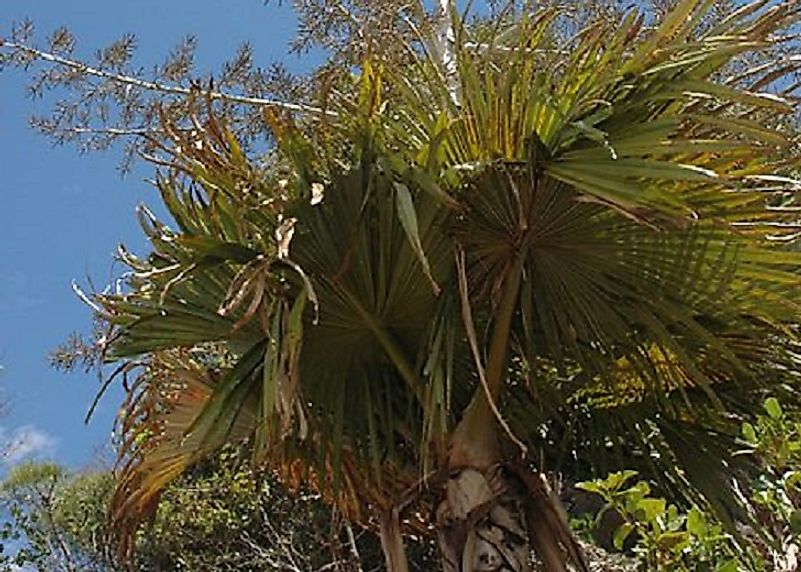
Another plant species discovered in 2007, the suicide palm (Tahina spectabilis), endemic to Analalava District of Madagascar, is also classified as critically endangered by the IUCN. The species is so named because of a peculiar characteristic possessed by this plant. The suicide palm grows up to a period of 50 years when it produces a sudden burst of inflorescence at the top. It is believed that this event is so taxing upon the plant that immediately after the plant withers up and dies. The plant usually grows up to a height of 59 feet and has a bark diameter of around 16 feet.
7. Western Underground Orchid
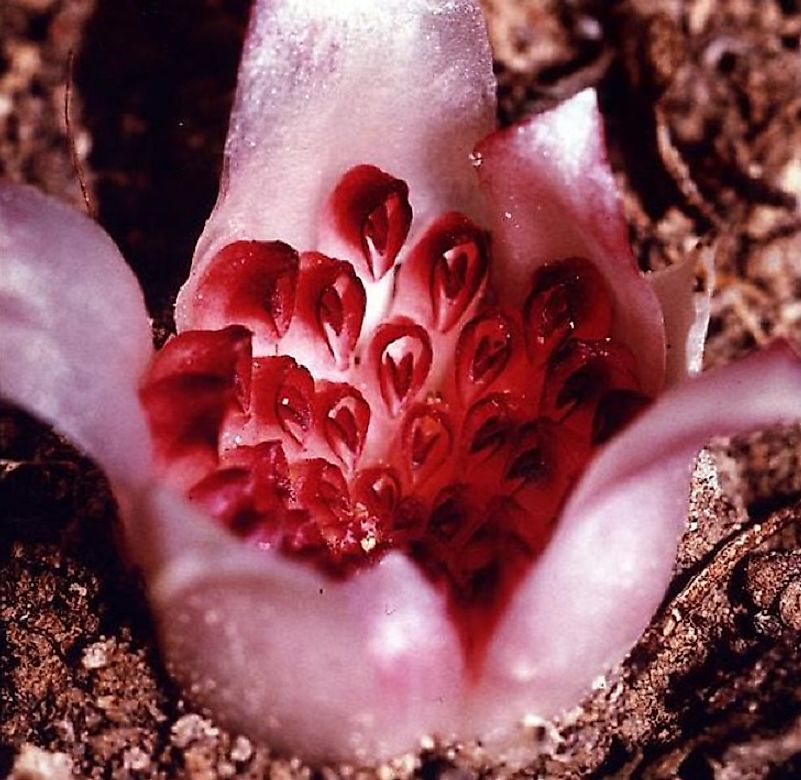
The only species of orchid that remains underground throughout its entire life cycle, the Western Underground Orchid (Rhizanthella gardneri), is a rare species of plant which is endemic to Western Australia. The large-scale clearing of land for agriculture is the primary reason of loss of this species of orchids.
6. Golf Ball Cactus
The golf ball cactus, named so because of its white, golf-ball-like appearance, is endemic to a small stretch of land between Brewster Country, Texas, U.S.A. and Coahuila in Mexico. The rarity of the plant species and its restricted range has led to its classification as a threatened species in the United States. In the last 20 years, nearly 95% of the population of this species has been lost with the illicit collection of this plant for ornamental reasons being one of the primary reasons.
5. Venda Cycad
Another precious species of plant that deserves immediate attention from conservationists is the Venda cycad (Encephalartos hirsutus). This plant is endemic to South Africa’s Limpopo Province and currently only a few members of this species survive. Some even claim that the species is currently extinct though the IUCN classifies it as critically endangered. The collection of this plant for ornamental purposes is considered to be the major cause of the decline of this species.
4. Jellyfish Tree
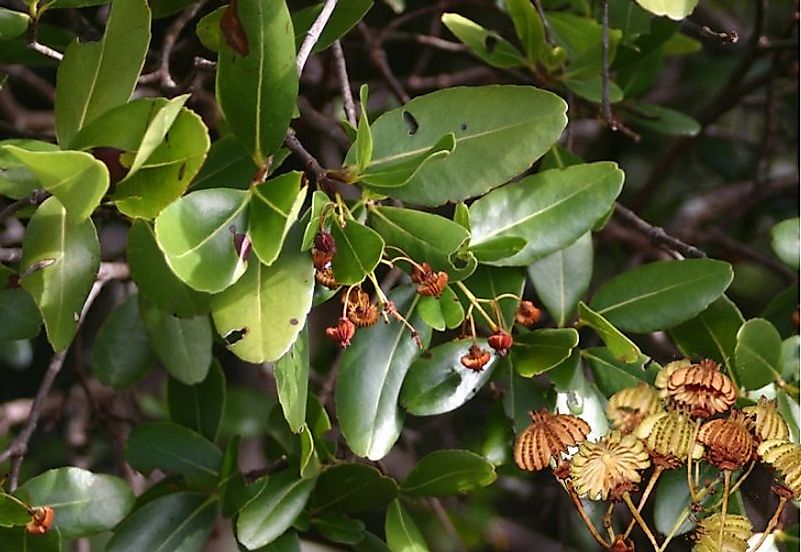
The jellyfish tree (Medusagyne oppositifolia) appropriately named so for its fruits that appear like a jellyfish, is endemic to Mahe Island of the Seychelles. Though to be extinct, the jellyfish tree was rediscovered in the 1970s and currently the species is critically endangered with only about 86 mature individual plants thriving in the wild.
3. Poke-Me-Boy Tree
Poke-me-boy trees (Acacia anegadensis) well deserve the name for their extremely spiny features. The tree, endemic to the British Virgin Islands of Fallen Jerusalem and Anegada, could soon become extinct due to rising sea levels threatening to wash away these low growing shrubs. Cultivars of this plant, however, have been established in the Royal Botanic Gardens of United Kingdom at Kew to keep the species alive if its wild counterparts meet with an unfortunate episode of extinction.
2. Ascension Island Parsley Fern

Appearing much like a common parsley plant, the Ascension Island parsley fern (Anogramma ascensionis) grows on the tiny, volcanic Ascension Island in the south Atlantic Ocean. The plant was believed to be extinct for over half a century when a team of botanists studying plants on the island rediscovered the plant in 2009. The scientists took extreme care of the few individual plants discovered and extracted the spores of the plant which was used to establish successful cultivars in the Royal Botanic Gardens at Kew, United Kingdom. It is estimated that only 40 mature plants of this species occur in the wild today, necessitating the classification of the plant as critically endangered by the IUCN.
1. Coral Tree
A legume species, the Erythrina schliebenii is a critically endangered species of coral tree was first held to be extinct in 2008 when vast tracts of forest inhabited by these trees were slashed down for timber extraction activities. In 2012, however, a small population of around 50 of these trees were discovered in a small area of Tanzania and presently this is the last known population of Erythrina schliebenii.











